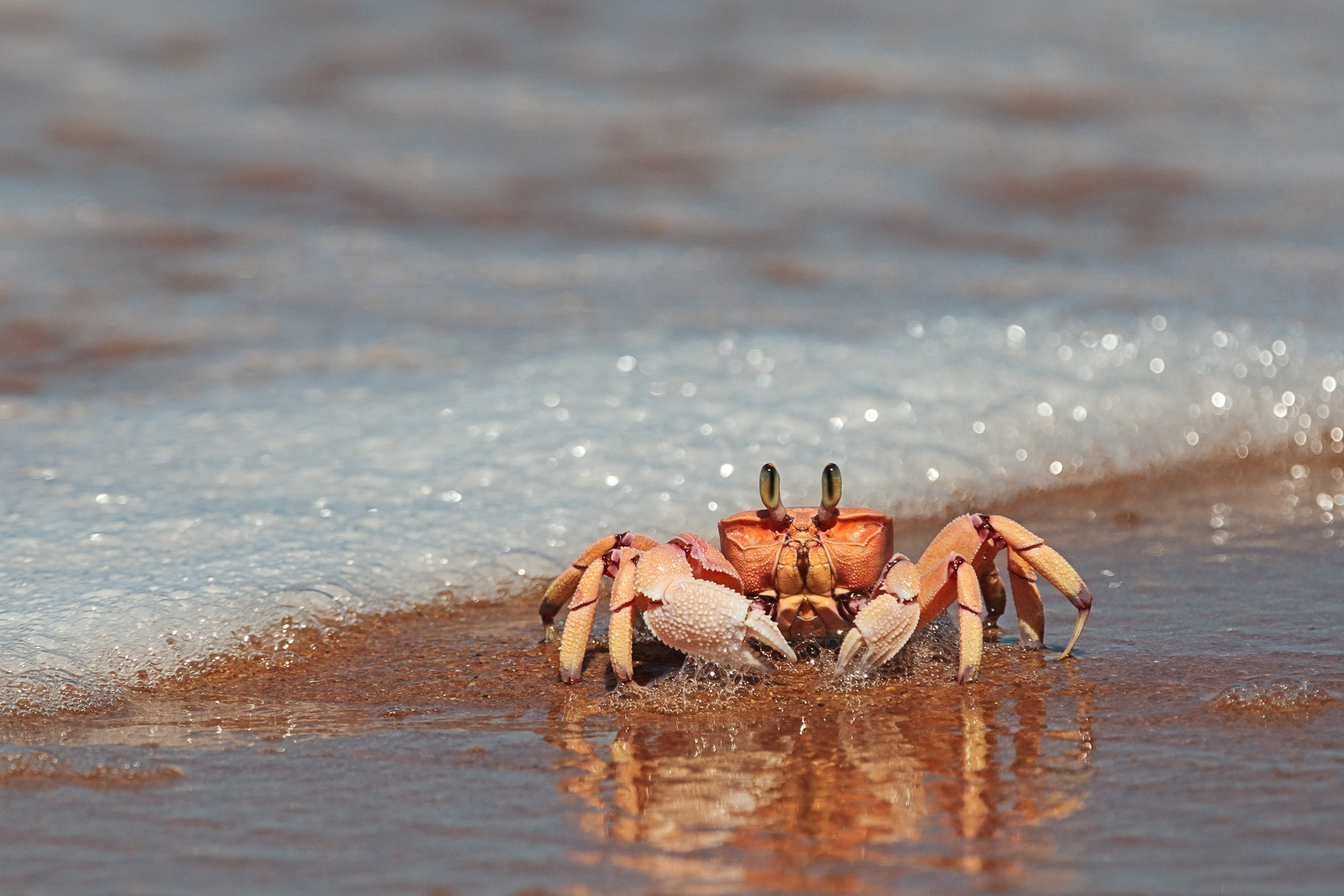

The mixed sand beaches had more nesting activities and higher nest density (2.29/m 2 1.25/m 2, respectively), compared to the light sand (0.72/m 2 0.35/m 2) and the dark sand beaches (0.73/m 2 0.27/m 2 ), suggesting a possible predation-free nesting preference. Ghost crab predation was variable between beaches, but generally, at the warmer dark sand beaches, clutch mortality was mostly caused by ghost crab predation (53.2%, n = 17), while at the mixed sand beaches mortality by predation was low (7.5%, n = 18), compared to mortality due to other causes (49.9%), indicating that other factors can also significantly impact clutch survival. We found that ghost crab predation is a major source of mortality in Maio Island, affecting 67.8% ( n = 59) of the nests. There were no evident trends in the distributions of ghost crab density and size between years or beach type. We further assessed nest site selection, by considering the number of nesting activities and clutches laid across beach type.

Considering that sand temperature can influence both sea turtle embryo development and predatory activity by ghost crabs – the main predators of clutches and hatchlings at Cabo Verde – we surveyed loggerhead nesting beaches at Maio Island, with three sand colorations (‘beach type’), to assess: 1) the density and size of ghost crab burrows, as a proxy for ghost crab density and size, and 2) ghost crab predation on 70 loggerhead nests. Maio Island, Cabo Verde, one of the main nesting sites for the Northeast Atlantic loggerhead subpopulation, displays marked heterogeneity of sand coloration, with dark, mixed and light sandy beaches, resulting in different thermal habitats. The reproductive success of sea turtles is highly influenced by the environmental and biological conditions of the nesting beach.


 0 kommentar(er)
0 kommentar(er)
